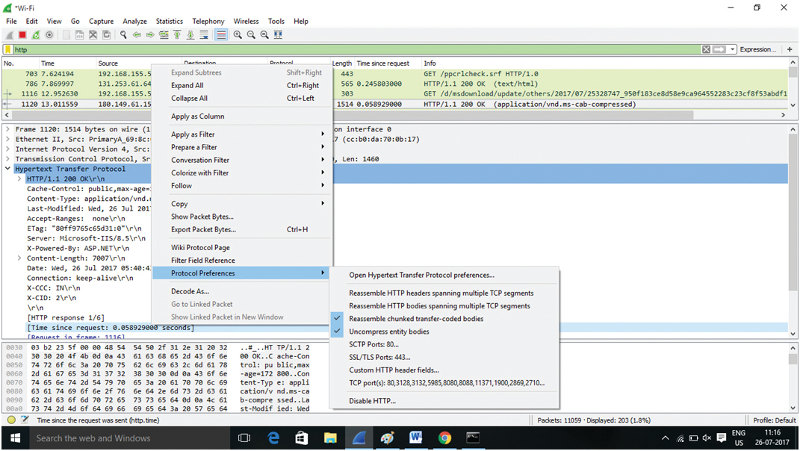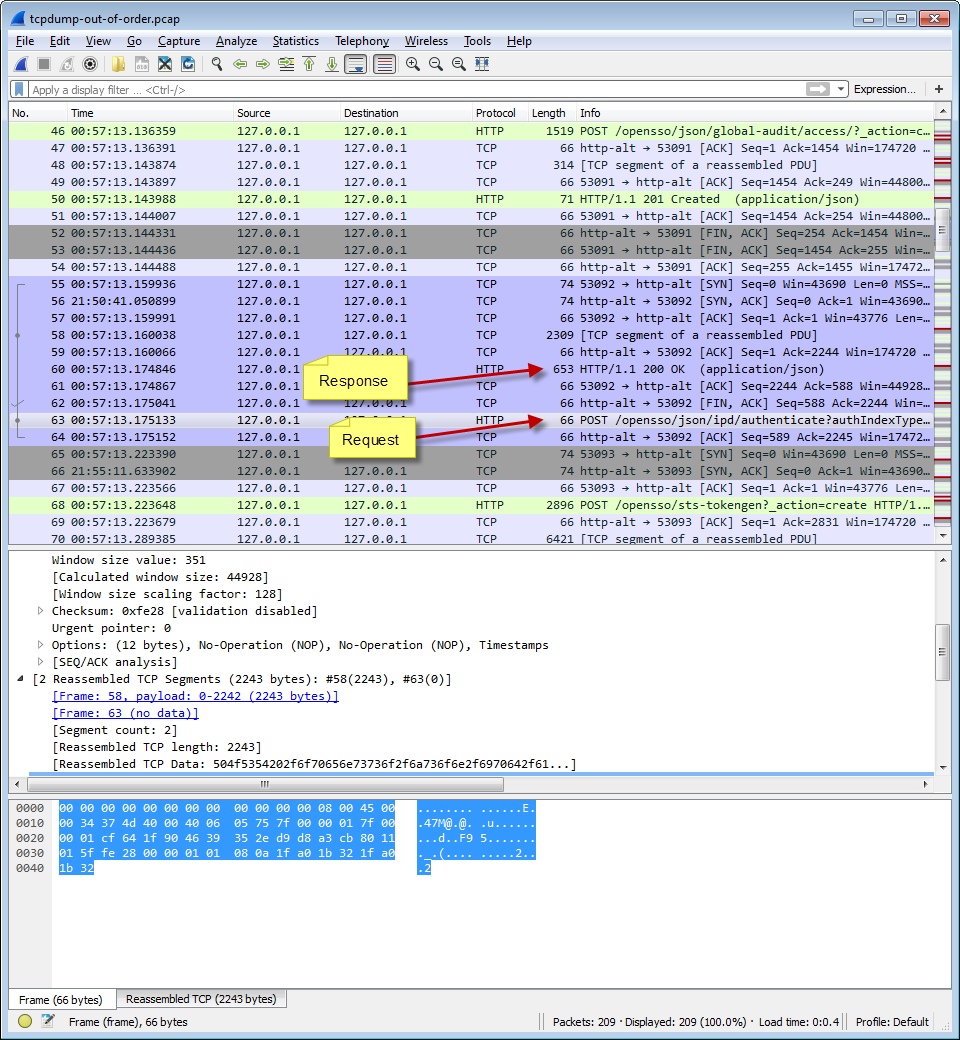
Password: password with a two-digit number appended to it, like password11įlag VP 210.HTTP3: enable dissection of headers via nghttp3. Hint: First repeat VP 210.3 using "requests".įlag VP 210.6: HTTPS Basic Brute (10 pts) Instead, we'll use Firefox Developer Tools. Print("Base64-encoded credentials", code())įlag VP 210.3: Basic Authentication (10 pts)įlag VP 210.4: Brute Force Basic Authentication (10 pts) In the top pane of Wireshark, right-click The Basic authentication string is shown,Īnd decoded by Wireshark to show the credentials Filter for httpĮxpand the "Hypertext Transfer Protocol" section. Make a Python script that logs in to this page: To specify the total number of characters Notice that the username and password now appear Try logging in, and capture the request in Wireshark, Line outlined in blue in the image above. To prevent that, delete the "Accept-Encoding" 

This happened because the response came in zipped. You may see unreadable gibberish, or a Unicode HTTP request your browser sent to the server,Īnd the blue text shows the server's reply. Try to log in with a username of a and a password ofįind the packet in Wireshark with an "Info"Ĭolumn of "GET /php/login1.php HTTP/1.1". Open this page in another browser window: Top left of the Wireshark window, in the Filter box, Run Wireshark, and start it sniffing traffic. Without getting any pages from the server. Host: The HEAD method grabs only the banner, The scanner you made in a previous project, This code connects on TCP port 80 just like

VP 210: HTTP (70 pts) VP 210: HTTP (70 pts) Purpose







 0 kommentar(er)
0 kommentar(er)
